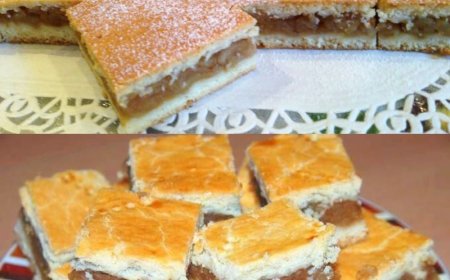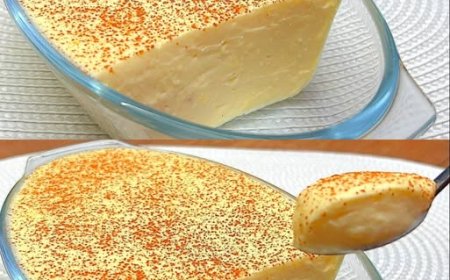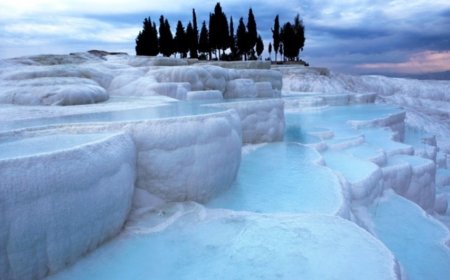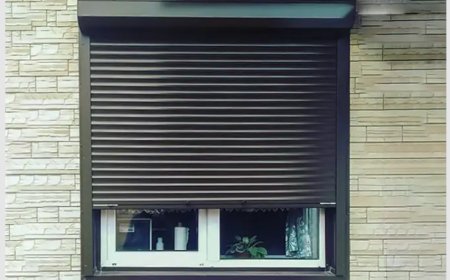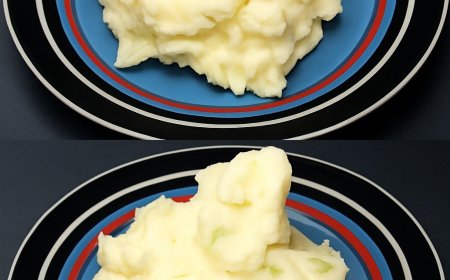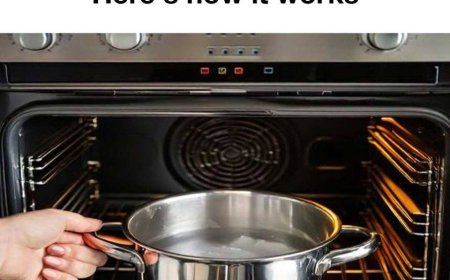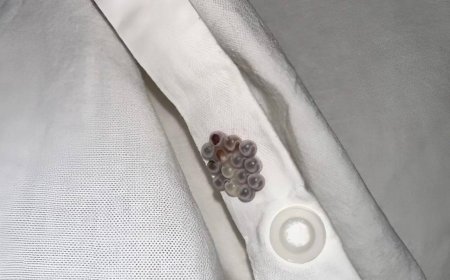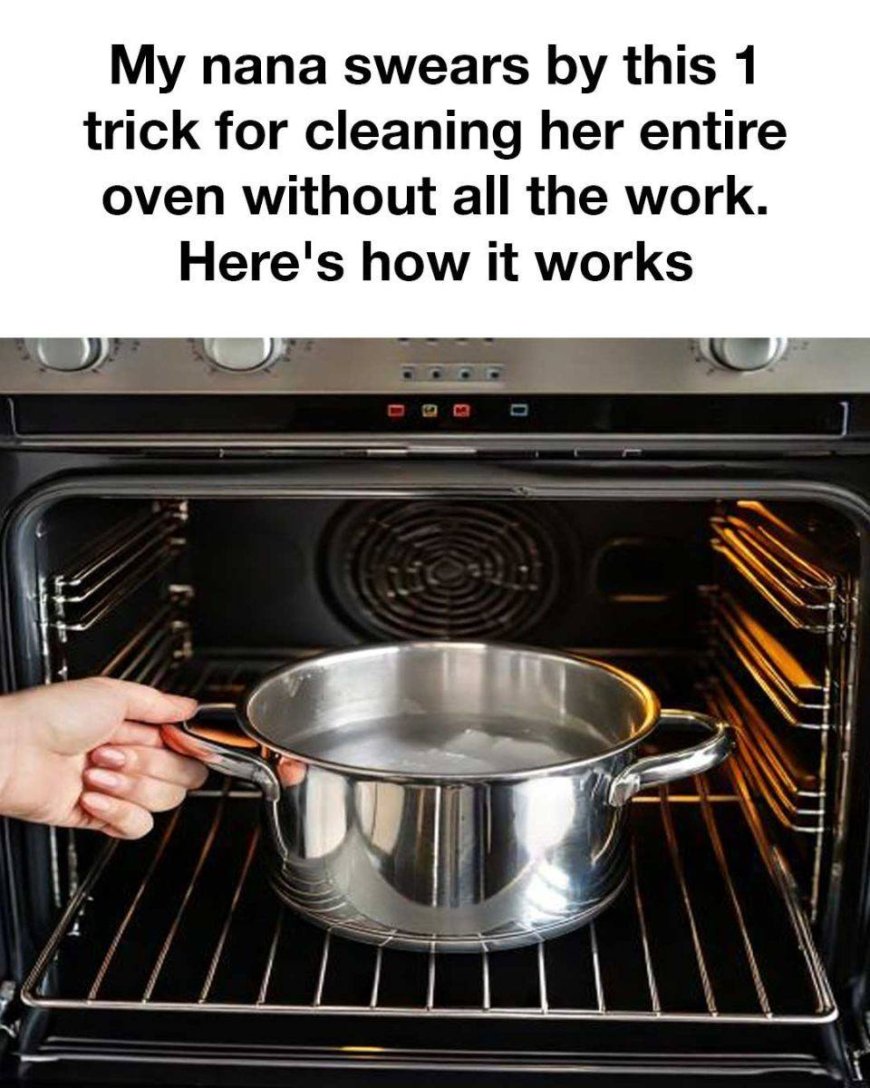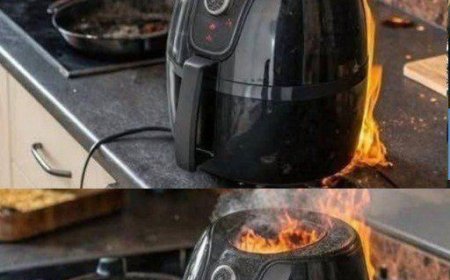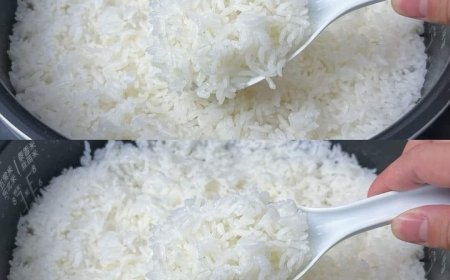Effortless Oven Cleaning: The Water and Ammonia Method
Few household chores are as dreaded as cleaning the oven. Between burnt-on grease, stubborn stains, and that lingering smell of old food, it’s easy to put off the task for weeks—sometimes even months. But what if there were a simple, effortless way to restore your oven to its original shine, without harsh chemicals or endless scrubbing?
1.
Effortless Oven Cleaning: The Water and Ammonia Method
Cleaning the oven is often dreaded due to baked-on grime, stubborn grease, and lingering odors. Fortunately, my nana has a simple trick that makes this chore a breeze, using common household items to achieve a sparkling clean oven with minimal effort.
Understanding the Water and Ammonia Method
The water and ammonia method is a time-tested technique that leverages ammonia’s natural properties to loosen grime and grease. By allowing ammonia fumes to penetrate the residues overnight, this method makes cleaning easy and efficient, requiring little elbow grease.
Why This Trick Works: The Science Behind the Method
Ammonia is a powerful cleaning agent due to its alkaline nature, which helps break down grease and grime. When combined with water, ammonia releases fumes that soften tough residues. The steam from boiling water helps distribute these
vapors evenly, ensuring that even stubborn spots are addressed effectively.
Step-by-Step Guide to Cleaning Your Oven with Water and Ammonia
Preheat the Oven: Heat your oven to 150°F (65°C) and then turn it off.
Boil Water: Place a pot of boiling water on the bottom rack of the oven.
Prepare Ammonia: On the top rack, place a shallow dish containing about half a cup of ammonia.
Close the Oven Door: Let it sit overnight so the ammonia fumes can work their magic.
Air Out the Oven: The next morning, open the oven door to allow it to air out for a few minutes.
Remove Containers: Take out the ammonia and water.
Wipe Down: Use a damp cloth or sponge to wipe the interior. The grime should come off easily.
Tackle Remaining Spots: For any stubborn areas, use a baking soda and water mixture to scrub them away.
Safety Precautions When Using Ammonia
Ventilation: Ensure the area is well-ventilated to avoid inhaling fumes.
Protective Gear: Wear gloves to protect your skin.
Avoid Mixing: Never mix ammonia with other cleaning agents, especially bleach, as this can produce toxic gases.
Storage: Keep ammonia out of reach of children and pets, and store it in a cool, dry place
Additional Tips for Maintaining a Clean Oven
Immediate Cleanup: Wipe up spills as soon as they occur to prevent buildup.
Use Oven Liners: These can catch drips and crumbs.
Baking Sheets: Place them under dishes to catch overflow.
Regular Checks: Clean oven racks separately to prevent grime accumulation.
Frequently Asked Questions About the Water and Ammonia Method
Q: Can I use this method for self-cleaning ovens?
A: Yes, but follow the manufacturer’s instructions and use ammonia as a supplementary cleaning technique.
Q: Is it safe to leave ammonia in the oven overnight?
Tap the p.hoto to v.iew the full r.ecipe.
